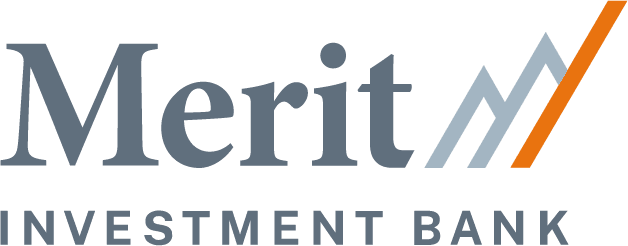1. Transparency with Internal Stakeholders
- Management Team Alignment:
- Share deal rationale early with senior leaders.
- Provide visibility into expected benefits, risks, and strategic fit.
- Board & Shareholders:
- Maintain regular updates on negotiations, valuation, and timeline.
- Document decision-making to ensure accountability.
2. Transparency with Employees
- Controlled Communication:
- Communicate proactively to reduce rumors and fear.
- Provide consistent messaging across all levels.
- Clarity on Job Impact:
- Be honest about potential redundancies or role changes.
- Offer retention bonuses, FAQs, and one-on-one sessions.
- Cultural Transparency:
- Explain how the deal aligns with long-term growth, values, and culture.
3. Transparency with Buyers/Investors
- Full & Accurate Disclosure:
- Provide complete financial, legal, and operational data during diligence.
- Share known risks upfront (e.g., litigation, regulatory challenges).
- Synergy Clarity:
- Avoid overstating cost savings or revenue synergies.
- Present realistic, evidence-based assumptions.
- IT & Data Transparency:
- Disclose system limitations, integration challenges, and cybersecurity posture.
4. Transparency with Customers & Partners
- Customer Assurance:
- Communicate how service, pricing, and support will (or won’t) change.
- Offer retention incentives or guarantees for key accounts.
- Partner Engagement:
- Notify suppliers, distributors, and alliances of potential changes.
- Reconfirm contracts, commitments, and joint strategies.
5. Transparency with Regulators
- Early Engagement:
- Proactively disclose deal details to antitrust, industry, and local regulators.
- Prepare compliance documentation in advance.
- Ongoing Updates:
- Keep open communication channels during review.
- Avoid surprises that could delay approvals.
6. Best Practices for Ensuring Transparency
- Create a Transparency Playbook:
- Standardize communication protocols for all stakeholders.
- Include disclosure checklists, FAQ templates, and escalation processes.
- Use a Data Room:
- Centralize documents in a secure, well-structured virtual data room (VDR).
- Track who accesses what, ensuring fairness and auditability.
- Crisis Communication Plan:
- Prepare responses for leaks, negative press, or employee backlash.
- Align legal, PR, and leadership messaging.
7. Benefits of Transparency
- Builds trust and reduces fear among employees and customers.
- Increases deal certainty by minimizing surprises in diligence.
- Protects reputation by avoiding leaks or misrepresentation.
- Enhances integration success through clear, aligned expectations.
Key Takeaway for Merit Investment Bank:
Transparency is not just a compliance measure—it’s a value driver. Deals built on open, consistent communication reduce risk, improve valuation credibility, and set the stage for smoother post-close integration.
Securities offered through Finalis Securities LLC Member FINRA/SIPC. Merit Investment Bank and Finalis Securities LLC are separate, unaffiliated entities.


0 Comments